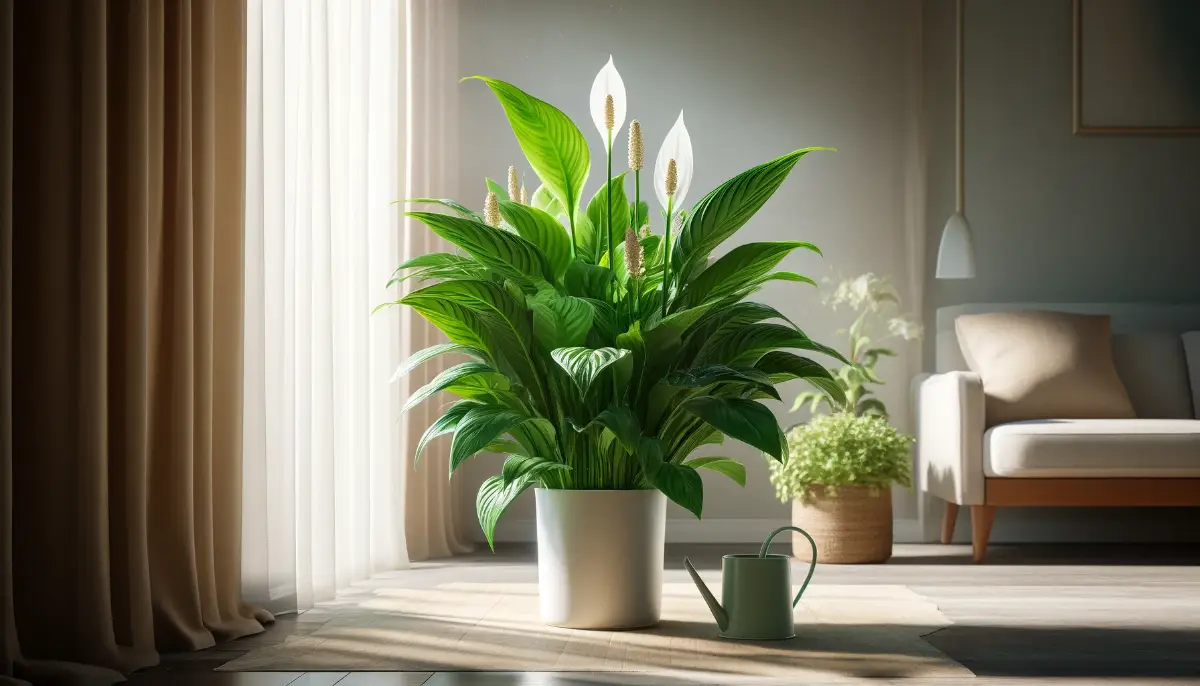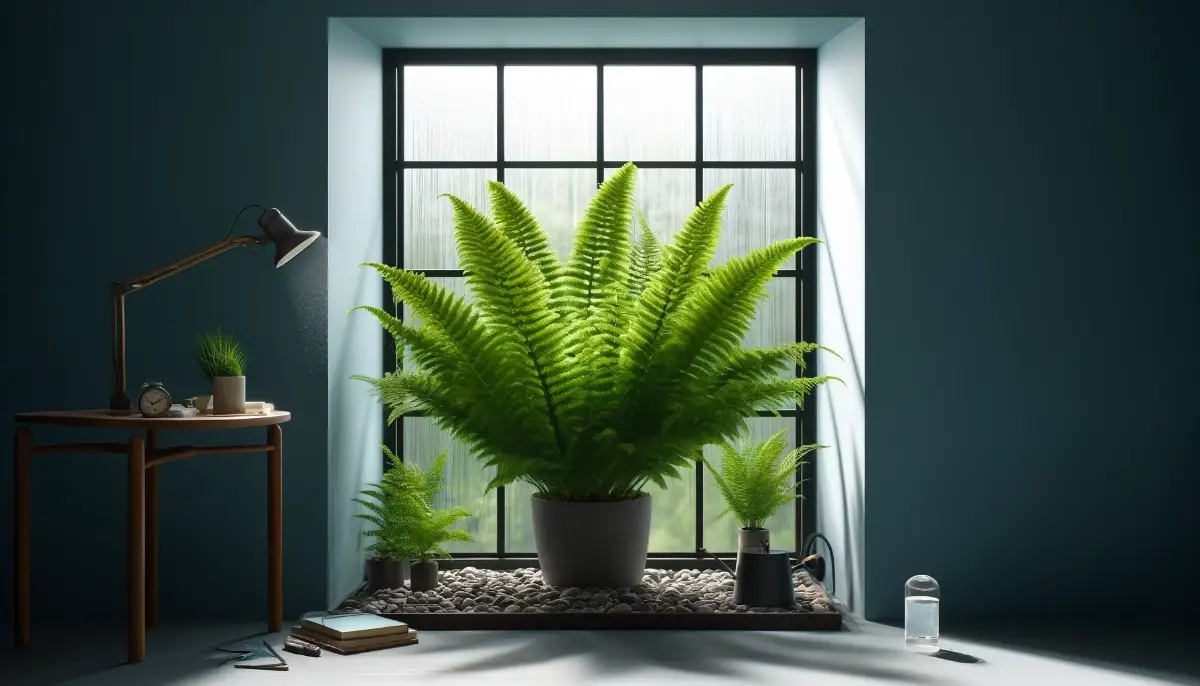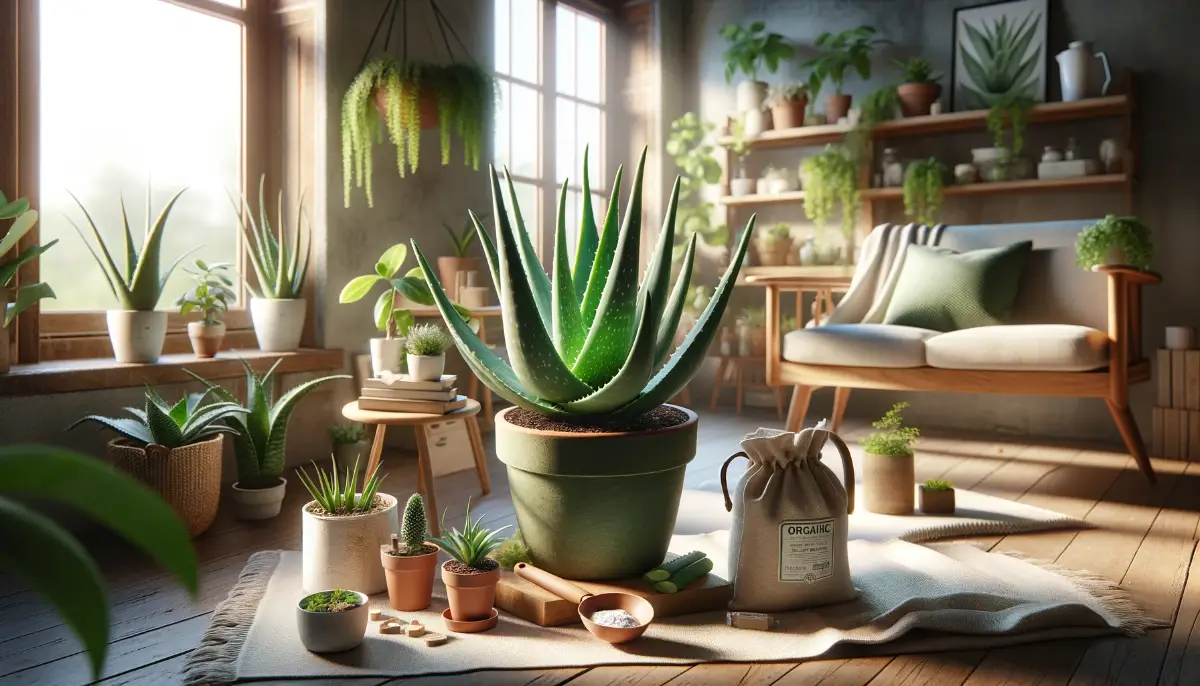Allergies can make everyday life a struggle, but the right houseplants can help purify the air and alleviate symptoms. Discover the top 10 plants that can reduce allergens in your home, creating a healthier living environment.
These plants not only add beauty to your space but also improve indoor air quality by filtering out toxins and pollutants. By incorporating these allergy-reducing plants, you can breathe easier and enjoy a fresher atmosphere.
- Certain houseplants can significantly improve indoor air quality by filtering out allergens and pollutants.
- Spider Plant, Peace Lily, and English Ivy are particularly effective at removing common toxins and mold spores.
- Plants like Boston Fern and Areca Palm not only purify the air but also help maintain optimal indoor humidity levels.
- Aloe Vera and Snake Plant are easy to care for and excellent at clearing harmful chemicals such as benzene and formaldehyde.
- Rubber Plant, Dracaena, and Bamboo Palm are powerful in reducing airborne particles and volatile organic compounds (VOCs).
- Proper placement and care of these plants can maximize their allergen-reducing benefits, making your home a healthier place to live.
How Plants Reduce Allergens
Plants are natural air purifiers that can significantly reduce allergens in your home through several mechanisms. One of the primary ways they do this is through photosynthesis, where they absorb carbon dioxide and release oxygen. During this process, plants also take in airborne toxins and pollutants, including volatile organic compounds (VOCs) such as formaldehyde, benzene, and xylene.
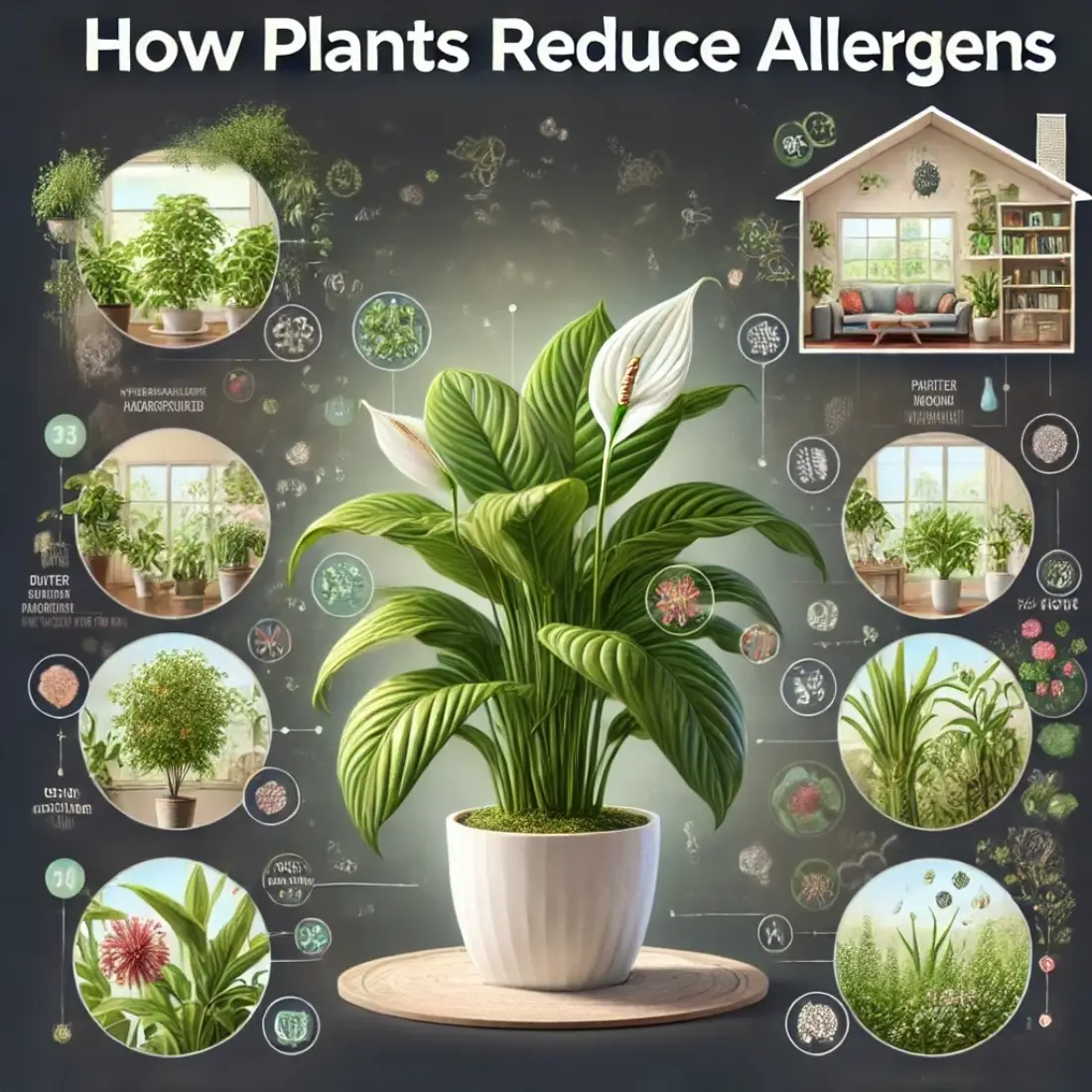
Additionally, many houseplants have the ability to absorb particulate matter, such as dust and mold spores, through their leaves and root systems. This helps to clean the air of these common allergens, making it easier to breathe. Plants like the Peace Lily and Spider Plant are particularly effective at this task.
Another important function is humidity regulation. Plants release moisture into the air through a process called transpiration, which can help maintain optimal indoor humidity levels. This is crucial because dry air can aggravate allergy symptoms, while proper humidity levels can suppress the spread of airborne allergens.
Top 10 Plants for Reducing Allergens
1. Spider Plant (Chlorophytum comosum)
Benefits: The Spider Plant is renowned for its ability to remove toxins such as formaldehyde and xylene from the air. Its high transpiration rate helps maintain indoor humidity levels, which can reduce airborne allergens. Care Tips: Spider Plants thrive in bright, indirect sunlight but can tolerate lower light conditions. Water them moderately, allowing the soil to dry out between waterings.
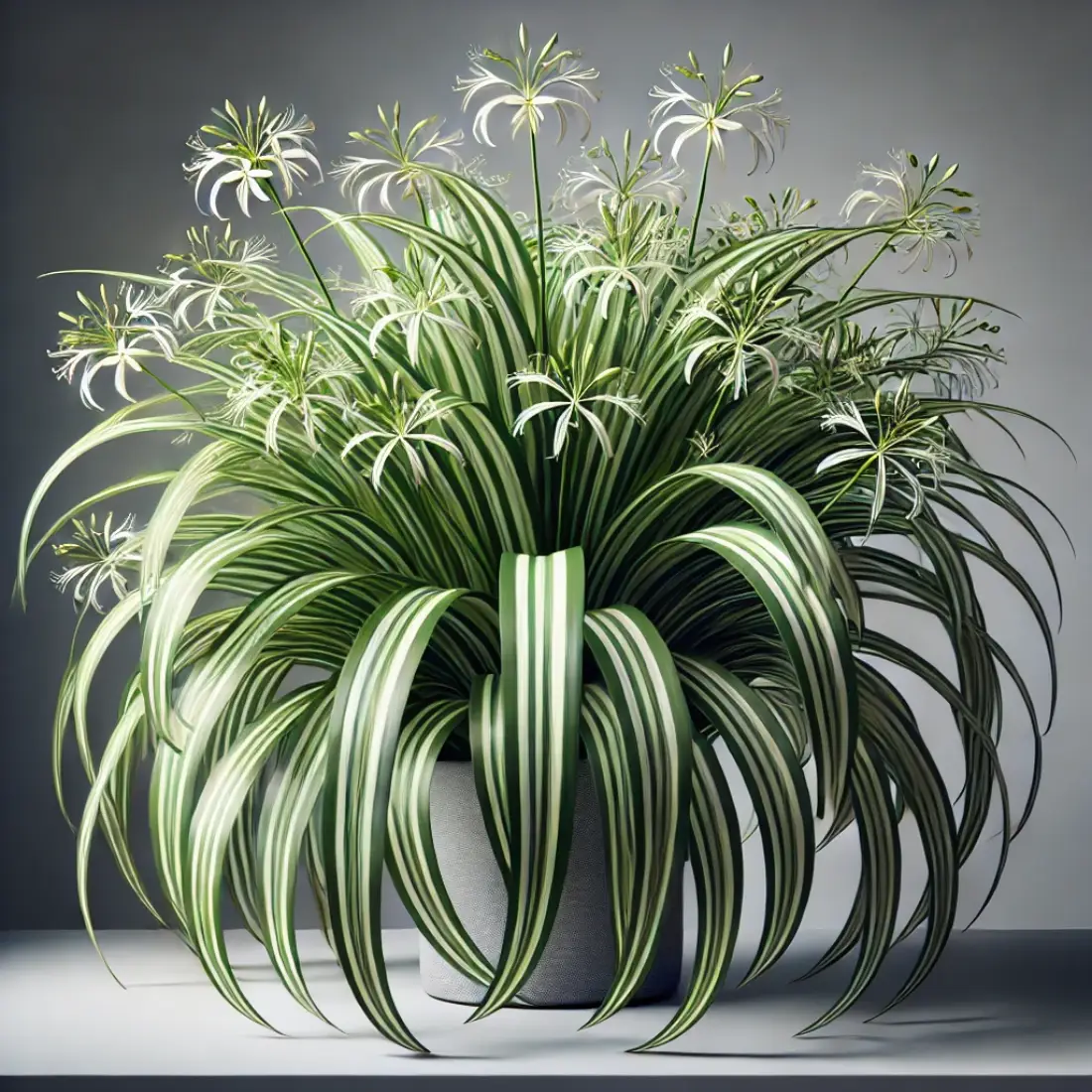
2. Peace Lily (Spathiphyllum)
Benefits: Peace Lilies are excellent for filtering out mold spores and volatile organic compounds (VOCs), including benzene, formaldehyde, and trichloroethylene. They also help increase indoor humidity, which can mitigate allergy symptoms.
Care Tips: Place Peace Lilies in a location with indirect sunlight and keep the soil consistently moist, but not waterlogged. They also benefit from occasional misting.
3. English Ivy (Hedera helix)
Benefits: English Ivy is particularly effective at reducing airborne fecal-matter particles and mold spores. It’s a robust plant that can thrive in various indoor conditions.
Care Tips: English Ivy prefers bright, indirect light but can adapt to lower light. Keep the soil slightly moist, and avoid letting it dry out completely.
4. Boston Fern (Nephrolepis exaltata)
Benefits: The Boston Fern is known for its ability to remove pollutants like formaldehyde and xylene. It also acts as a natural humidifier, which can help reduce airborne allergens.
Care Tips: Boston Ferns require a humid environment and indirect sunlight. Keep the soil consistently moist and mist the leaves regularly to maintain humidity.
5. Areca Palm (Dypsis lutescens)
Benefits: The Areca Palm is effective at humidifying the air, which can reduce the presence of airborne allergens. It also removes pollutants such as formaldehyde, xylene, and toluene.
Care Tips: Areca Palms thrive in bright, indirect light. Water them regularly, ensuring the soil remains moist but not waterlogged.
6. Aloe Vera (Aloe barbadensis miller)
Benefits: Aloe Vera is excellent at clearing benzene and formaldehyde from the air. It also has numerous medicinal uses, making it a multifunctional addition to any home.
Care Tips: Aloe Vera plants need bright, indirect sunlight. Water them sparingly, allowing the soil to dry out completely between waterings.
7. Snake Plant (Sansevieria trifasciata)
Benefits: The Snake Plant is one of the most effective plants for removing toxins like formaldehyde, benzene, and trichloroethylene. It also releases oxygen at night, improving air quality while you sleep.
Care Tips: Snake Plants thrive in indirect sunlight and need minimal watering. Let the soil dry out completely between waterings.
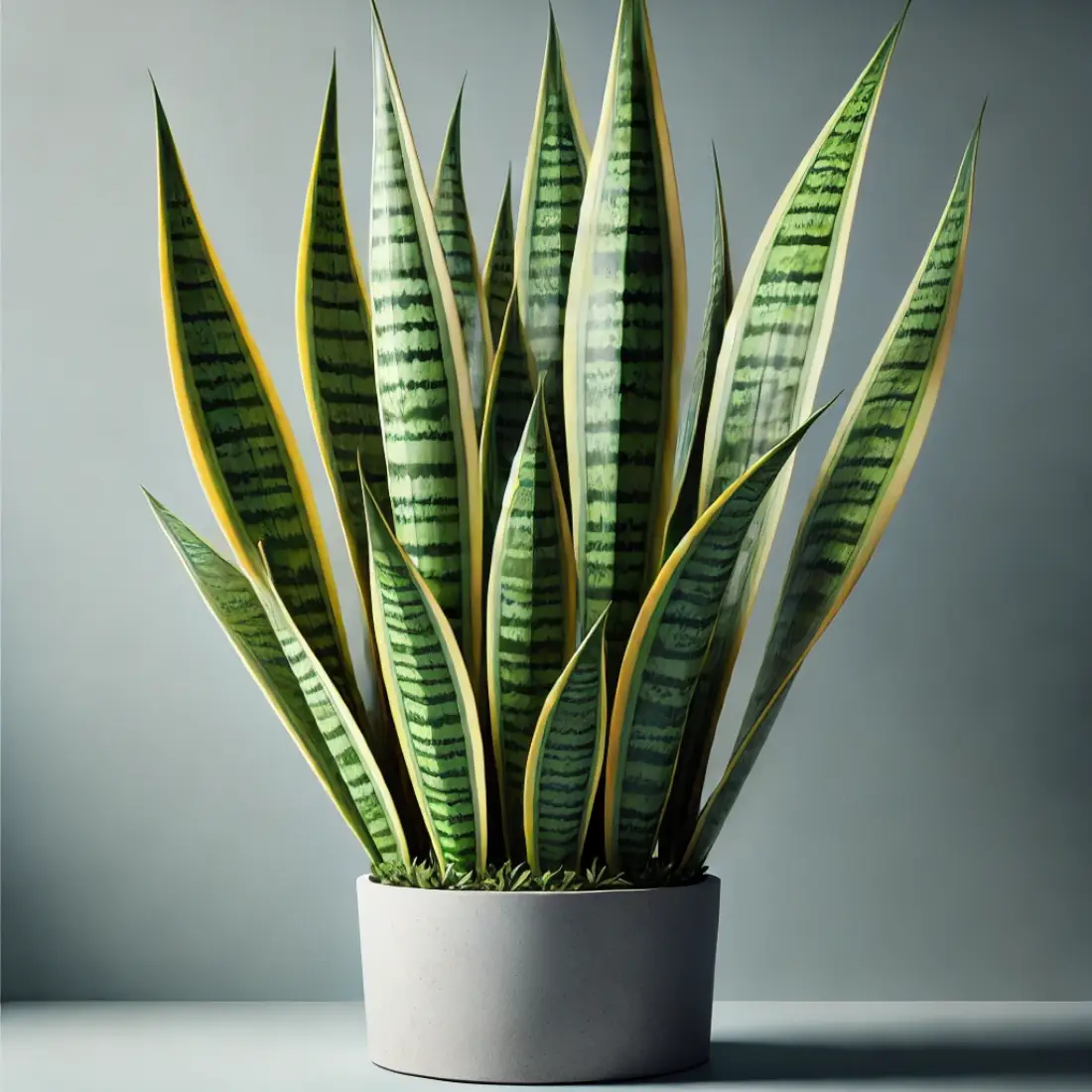
8. Rubber Plant (Ficus elastica)
Benefits: Rubber Plants are powerful in reducing mold spores and VOCs, including formaldehyde. Their large leaves can trap airborne particles, further purifying the air.
Care Tips: Rubber Plants prefer bright, indirect light and need to be watered when the top inch of soil feels dry. They benefit from occasional leaf wiping to remove dust.
9. Dracaena (Dracaena spp.)
Benefits: Dracaena plants are effective at filtering out toxins like trichloroethylene, benzene, and xylene. They are also easy to care for, making them a popular choice for improving indoor air quality.
Care Tips: Dracaena plants need bright, indirect sunlight. Water them moderately, keeping the soil lightly moist but not soggy.
10. Bamboo Palm (Chamaedorea seifrizii)
Benefits: The Bamboo Palm excels at removing benzene, formaldehyde, and trichloroethylene from the air. It also helps maintain indoor humidity levels, which can suppress the spread of allergens.
Care Tips: Bamboo Palms thrive in bright, indirect light. Water them regularly, keeping the soil moist but not waterlogged, and mist the leaves to increase humidity.

How to Care for Allergy-Reducing Plants
Light Requirements
Each plant has specific light requirements that are crucial for its growth and effectiveness in reducing allergens. Spider Plants and Peace Lilies thrive in bright, indirect sunlight, while English Ivy and Snake Plants can tolerate lower light conditions. Areca Palms and Boston Ferns prefer bright, indirect light to maintain their health and air-purifying abilities.
Watering Needs
Proper watering is essential for the health of these plants. Most of them prefer their soil to be kept slightly moist. For example, Boston Ferns and Areca Palms need consistently moist soil, whereas Aloe Vera and Snake Plants should be watered sparingly, allowing the soil to dry out completely between waterings. Overwatering can lead to root rot and other issues, so it’s important to balance moisture levels according to each plant’s needs.
Soil and Fertilizer
To ensure your allergy-reducing plants thrive, it’s important to use high-quality, well-draining soil. Organic fertilizing practices are highly recommended for maintaining plant health without introducing harmful chemicals into your home environment.
- Compost: Incorporate compost into the soil to provide a slow-release supply of essential nutrients. Compost improves soil structure, retains moisture, and encourages beneficial microbial activity.
- Worm Castings: Add worm castings to the soil as a natural fertilizer rich in nutrients. Worm castings enhance plant growth, improve soil aeration, and increase water retention.
- Liquid Seaweed: Use liquid seaweed as a foliar spray or soil drench. It’s packed with trace minerals and growth hormones that boost plant health and resilience.
- Fish Emulsion: Apply fish emulsion to provide a balanced nutrient supply, particularly rich in nitrogen. It promotes lush, green growth and enhances the overall vigor of your plants.
Common Issues
Even with the best care, plants can encounter problems such as pests, yellowing leaves, or stunted growth. Regularly inspect your plants for signs of distress and address issues promptly. Using natural remedies like neem oil for pests and ensuring proper watering can help keep your plants healthy and thriving.
FAQs about Allergy-Reducing Plants
What are the best plants for reducing allergens?
The best plants for reducing allergens include Spider Plant, Peace Lily, English Ivy, Boston Fern, Areca Palm, Aloe Vera, Snake Plant, Rubber Plant, Dracaena, and Bamboo Palm. These plants are known for their air-purifying capabilities and ability to remove common allergens and toxins from the air.
How do plants reduce indoor allergens?
Plants reduce indoor allergens by absorbing airborne toxins, volatile organic compounds (VOCs), and particulate matter through their leaves and root systems. They also release moisture into the air through transpiration, which helps maintain optimal indoor humidity levels and reduce airborne allergens.
Can all houseplants reduce allergens?
Not all houseplants are effective at reducing allergens. The plants listed in this article are specifically chosen for their air-purifying abilities and their effectiveness in removing common indoor pollutants and allergens.
How many plants do I need to reduce allergens?
The number of plants needed to reduce allergens depends on the size of the space and the types of plants used. A general recommendation is to have at least one plant per 100 square feet of living space to significantly improve air quality.
Are there any plants to avoid if I have allergies?
Yes, some plants can exacerbate allergies, such as those that produce pollen. Avoid plants like Ficus (weeping fig), Poinsettia, and plants with strong fragrances or high pollen production, as they can trigger allergy symptoms.
How often should I water allergy-reducing plants?
Watering needs vary depending on the plant species. Most allergy-reducing plants prefer their soil to be kept slightly moist. However, plants like Aloe Vera and Snake Plant require less frequent watering, with the soil allowed to dry out completely between waterings.
Can plants really improve indoor air quality?
Yes, plants can significantly improve indoor air quality by removing toxins, VOCs, and particulate matter. Studies, such as NASA’s Clean Air Study, have shown that certain plants are effective at purifying the air and improving overall indoor air quality.
Where should I place allergy-reducing plants in my home?
Place allergy-reducing plants in areas where you spend the most time, such as the living room, bedroom, and kitchen. Ensure they receive the appropriate amount of light for their specific needs, whether it’s bright, indirect light or lower light conditions.
How do I fertilize allergy-reducing plants organically?
Use organic fertilizers such as compost, worm castings, liquid seaweed, and fish emulsion. These natural fertilizers provide essential nutrients without introducing harmful chemicals into your home environment, promoting healthy plant growth and effective air purification.
What are common issues with allergy-reducing plants and how can I address them?
Common issues include pests, yellowing leaves, and stunted growth. Regularly inspect your plants for signs of distress. Use natural remedies like neem oil for pests and ensure proper watering to prevent root rot. Addressing these issues promptly will help keep your plants healthy and effective at reducing allergens.


